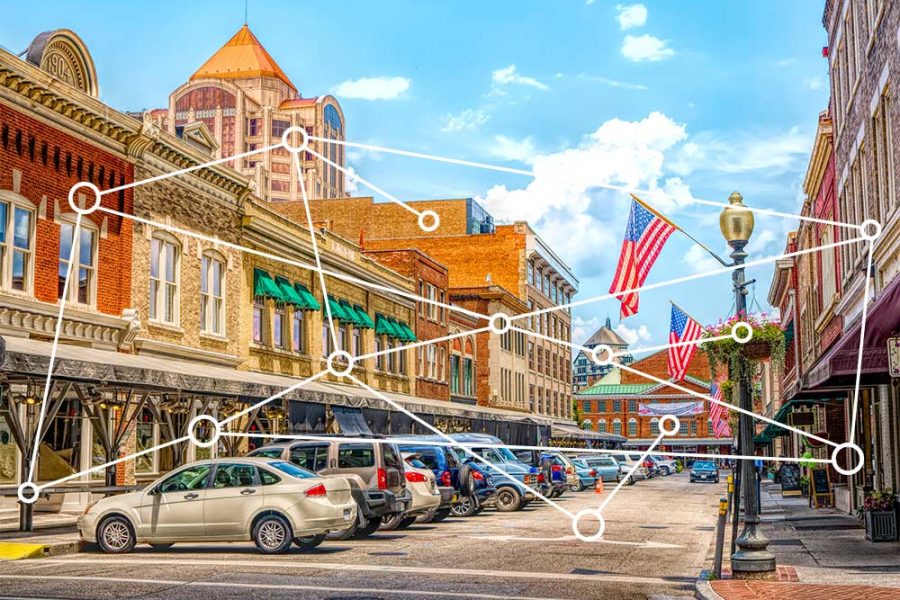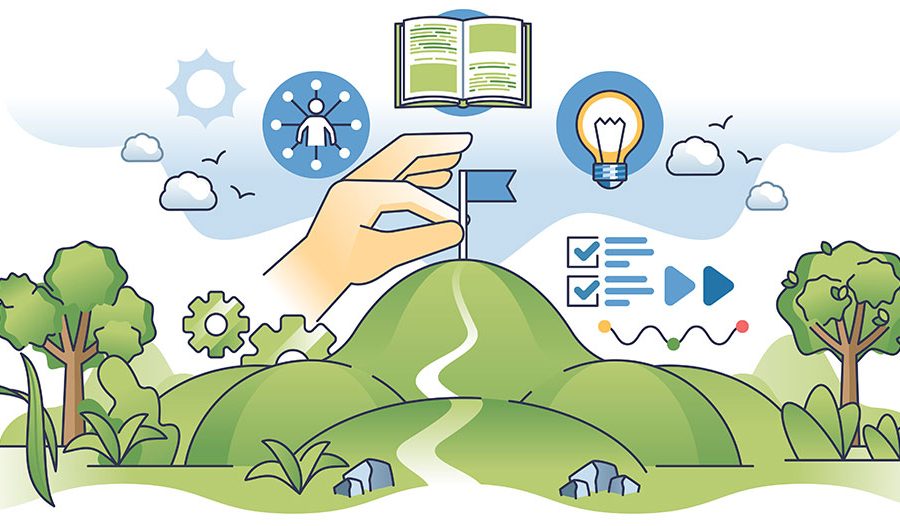 As economic developers, we use the term “engagement” a lot. We engage with public administrators, developers, councils, boards, commissions, the public, etc. Internally, we engage with each other on project team calls, staff meetings, trainings, and coffee chats. Engagement is a broad term that includes a lot of different communication styles, formats, and practices depending on the audience and meeting type.
As economic developers, we use the term “engagement” a lot. We engage with public administrators, developers, councils, boards, commissions, the public, etc. Internally, we engage with each other on project team calls, staff meetings, trainings, and coffee chats. Engagement is a broad term that includes a lot of different communication styles, formats, and practices depending on the audience and meeting type.
For this article, I will offer five tips that will help you engage with various stakeholders in any meeting type. I will give examples of what worked, what did not work, and how we navigated any challenges. Lastly, I will mention a few digital tools to use when trying to gather feedback and keep everyone focused throughout the meeting, whether you are in person or virtual.
1. Know Your Purpose.
Identify the purpose of engaging a particular audience. Before scheduling an engagement session (or multiple sessions), identify your purpose for speaking with different stakeholders. Are you asking for feedback or sharing information? Are you trying to create a new vision or report information to a governing body? Are you trying to build capacity and break down silos amongst departments or organizations?
Identifying the purpose is important for three reasons:
- Understanding the end goal keeps you on task and in turn, you can confidently keep stakeholders on task while facilitating.
- When scheduling and marketing the engagement session, you can clearly communicate what the session is for and what you need from participants.
- You can prepare a streamlined presentation and engagement activity that leaves people feeling informed and heard.
EXTRA TIP: Put the purpose statement at the top of the meeting agendas to prepare meeting participants.
2. Prepare. Prepare. Prepare.
This should go without saying, but I have attended too many engagement sessions that had logistical issues, no agenda, and not enough time for participants to provide feedback (when that was the goal of the meeting) to not include this in the list.
To combat stressful and unorganized meetings, prepare an engagement plan for each session you facilitate. This plan is approximately 1-2 pages and is intended to be an outline that identifies the purpose and audience of the session, hosts a detailed agenda, lists the anticipated digital tools used, and leaves space for facilitator notes.
I know we all have limited time, but this step maps out a focused, fun, and smooth meeting. Not to mention, a well-planned meeting challenges your creativity, builds your credibility as a facilitator, and makes people feel comfortable knowing you are guiding them through a structured process for feedback.
EXTRA TIP: When creating the engagement plan, add allocated time slots for each task in your agenda and stick to it! People appreciate being managed when there is a lot to cover in a session. A great way to signal people to move to the next question or topic is using connecting phrases like “Building on what we just discussed, let’s shift our focus to …” or “Related to this is XYZ, let’s spend a few minutes exploring …” Don’t forget to add extra time in your plan before your engagement session begins to test digital tools and extra time at the end of the session to send follow-up communication.
3. Resource Participants.
Send your stakeholders/participants background information before the engagement session. These sessions are for receiving feedback from different audiences and if you want stakeholders to be prepared, engaged, and ready to speak, then you must give people information to react to. This can be an executive summary, reports, a short video, a blog, etc.
For example, I led an engagement session where no one received my email with background materials (a report) because I was outside of the audience’s organization. This led to a session that required additional explanations from my team, a lot of questions from participants, and a follow-up survey to receive feedback on the materials that we reviewed during the meeting.
We had additional engagement sessions later that week and, with some minor communication changes, they all went much more smoothly, and people were excited to participate because they felt prepared.
EXTRA TIP: When working with different departments, partner organizations, or with a client, ask the most familiar partner to send the background information email to session participants because chances are, those stakeholders have received emails from that person in the past. This not only helps avoid email delivery problems but also keeps that partner more engaged with the project as a primary messenger.
4. Get Active.
Have you ever asked a question in a meeting or a public forum and no one says anything for at least 1-2 minutes? I have. Silence can be uncomfortable, and I am here to tell you that it is okay for the room to be silent after you ask a question. Call out the silence in a fun way! Comment on how hard everyone is thinking or mention how much you like the sound of crickets to break the ice.
Engagement does not have to be so formal and commenting on the obvious can make people relax (and maybe even laugh). Give people a chance to think, create a space for thoughtful responses, and be proactive about “thinking” time by preparing activities and digital tools for responses.
Use digital tools and engagement activities to facilitate discussions. Activities give people an opportunity to move around a room and digital tools allow people to use their phones or computers to respond to a question and present ideas in real time. Activities and digital tools help inspire ideas, create interaction amongst participants, and get people “talking.”
There is also a lot of power in listening to someone’s feedback outside of an activity or digital tool, so always provide discussion time after each question or at the end of a session to allow people to expand on their thoughts. Discussion time also gives people an outlet to speak if they do not want to participate in the activity or digital tool provided.
EXTRA TIP: I like to use Slido, Padlet, and Google Jamboard to encourage and capture input but it depends on the size of your group and the purpose of the session. In addition, I like these tools because I can export all the data that participants provided (mostly anonymous depending on the tool and settings) to analyze information after the session is over. Explore digital tools and use ones that you are comfortable with, so you feel confident when engaging stakeholders.
5. Get Creative.
If you are engaging with similar audiences or the same audience, get creative with how you present information, receive information, and even with the facilitator(s) chosen to lead certain activities.
For example, for longer engagement sessions, participants often want to “do something” and hear stories, case studies, and different voices on topic areas to mix up the flow of a meeting and make information more relatable. One way to do this is to invite 3-4 speakers to participate in a “fireside chat” to share their perspectives and stories and inspire participants to chime in. Use digital tools throughout these types of sessions to gather information from participants.
EXTRA TIPS:
- Always prepare your speakers before an engagement session so they understand how they fit into the agenda, how much time they have, and what you are looking for from them. Preparing your speaker(s) is not only courteous, but it also keeps people on task.
- Keep engagement questions brief and direct. For a session that is approximately 1.5-2 hours, there should be one icebreaker question and no more than 3-4 topic area questions. After 3-4 questions, stakeholders will start leaving the room or virtual meeting due to time constraints, boredom, or feeling rushed since they are being asked to answer a lot of questions in a short amount of time.
- Create space for your audience to connect. Business owners discuss not having enough time to network with each other because they are running a business. Everyone will appreciate 15-20 minutes to network before or after a meeting and your job as the facilitator is to be the connector and introduce people to each other.
Although not exhaustive, these tips should help you get started on your engagement plan and think about different ways to make engagement more fun by modernizing practices to get more from your participants. After all, engagement is the most important aspect of creating vibrant, resilient, and healthy communities.
Learn more about our Strategic Planning + Organizational Change Services





